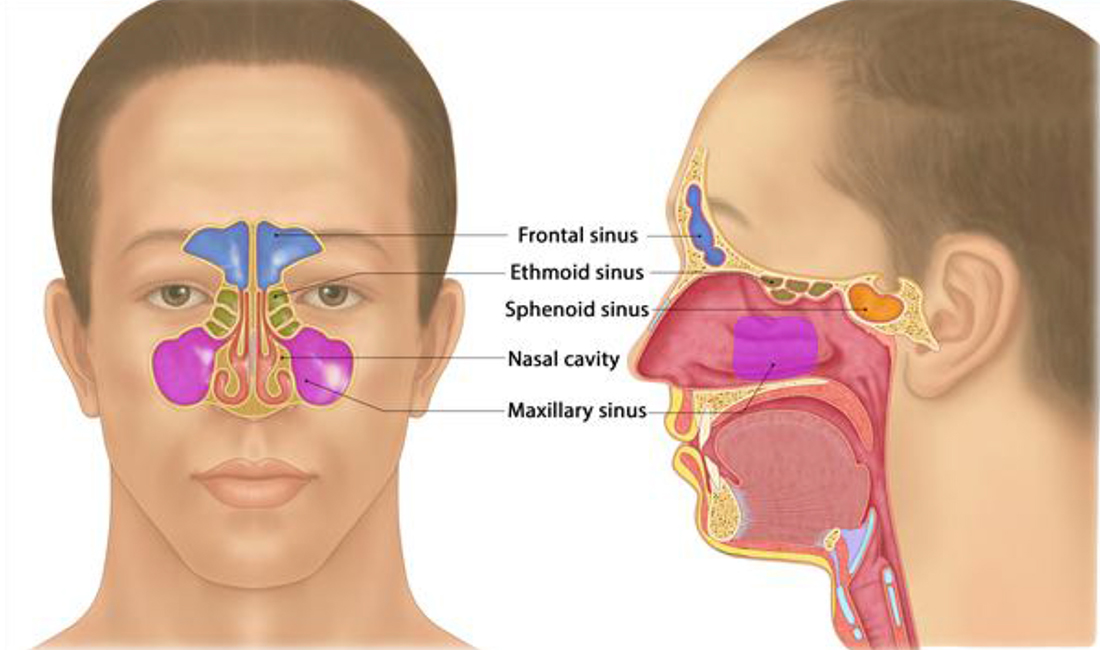Anti-biotics For UTI Therapy: What Are My Options?
Internal Ear Infection Indications, Signs, Antibiotic Treatments & Remedies Can sleeping upright aid an ear infection?
Infection of the mastoid, the bony protrusion behind the ear, is called mastoiditis. This infection can result in damage to the bone and the development of pus-filled cysts. Hardly ever, major center ear infections spread to other tissues in the head, consisting of the mind or the membrane layers surrounding the mind (meningitis). Youngsters in between the ages of 6 months and 2 years are more vulnerable to ear infections as a result of the shapes and size of their eustachian tubes and also since their immune systems are still developing. The middle ear includes 3 tiny bones-- the hammer (malleus), anvil (incus) and brace (stapes).
Otitis media with effusion, or swelling as well as liquid buildup (effusion) between ear without bacterial or viral infection. This may happen due to the fact that the liquid accumulation persists after an ear infection has actually gotten better.
Next In Ear Infection.
If there's no enhancement within 48 to 72 hrs from when signs began, the guidelines recommend physicians begin antibiotic therapy. Often ear pain isn't brought on by infection, and also some ear infections may get better without prescription antibiotics. Utilizing antibiotics carefully and with great factor aids prevent the growth of microorganisms that end up being resistant to prescription antibiotics.
Usually, this heals well after the ear infection is treated. Give your youngster a dosage of advil 1 hr prior to liftoff. This will aid with any type of discomfort they may have. Likewise, throughout descent (coming down for landing) have your youngster ingest liquids. Sucking on a pacifier might aid as well.
Signs of Ear Infections.
Is amoxicillin good for ear infection?
Many doctors will actually recommend alternating between Tylenol and Motrin for the best effect. If the infection is bacterial (rather than viral) you may receive a prescription for an oral or topical antibiotic. Here are some of the antibiotics doctors prescribe to treat an ear infection: Amoxil (amoxicillin)
- Is she plucking her ears?
- If your youngster has duplicated, long-term ear infections (persistent otitis media) or continual fluid accumulation in the ear after an infection cleared (otitis media with effusion), your youngster's medical professional might recommend this treatment.
- Use a cotton sphere with oil jelly while bathing to keep your ear from getting wet.
- Numerous ear infections clear up on their own in regarding a week or two, with symptoms starting to get better after http://www.michigan.com/click/redirect.php?site=mideathnotices&o=directors&url=puromd.com a few days.
- If your baby kid has a high temperature, is uncommonly cranky or can't sleep, often scrubs or pulls his or her ears, has throwing up or looseness of the bowels or does not react typically to sounds (does not shock when a door pounds or pots clang), call your doctor immediately.
Persistent otitis media with effusion, happens when liquid continues to be between ear and also remains to return without viral or bacterial infection. This makes children at risk to new ear infections and also might impact hearing.
Exactly how.
Causes of swimmer's ear include excessive water direct exposure that leads to caught microorganisms in the ear canal. Symptoms of simmer's include a sensation of fullness in the ear, itching, as well as ear pain. Persistent swimmer's ear might be brought on by eczema, seborrhea, fungi, chronic inflammation, as well as various other problems. Usual treatment includes antibiotic ear declines.

However whether you obtain a external or center ear infection relies on exactly how you end up being contaminated. Spread of infection. Untreated infections or infections that do not respond well to therapy can infect nearby tissues.

Your medical professional can typically identify an ear infection or another problem based upon the symptoms you describe as well as an examination. The physician will likely make use of a lighted tool (an otoscope) to look at the ears, throat and also nasal flow. He or she will also likely pay attention to your child take a breath with a stethoscope. Just a doctor can identify an ear infection.
